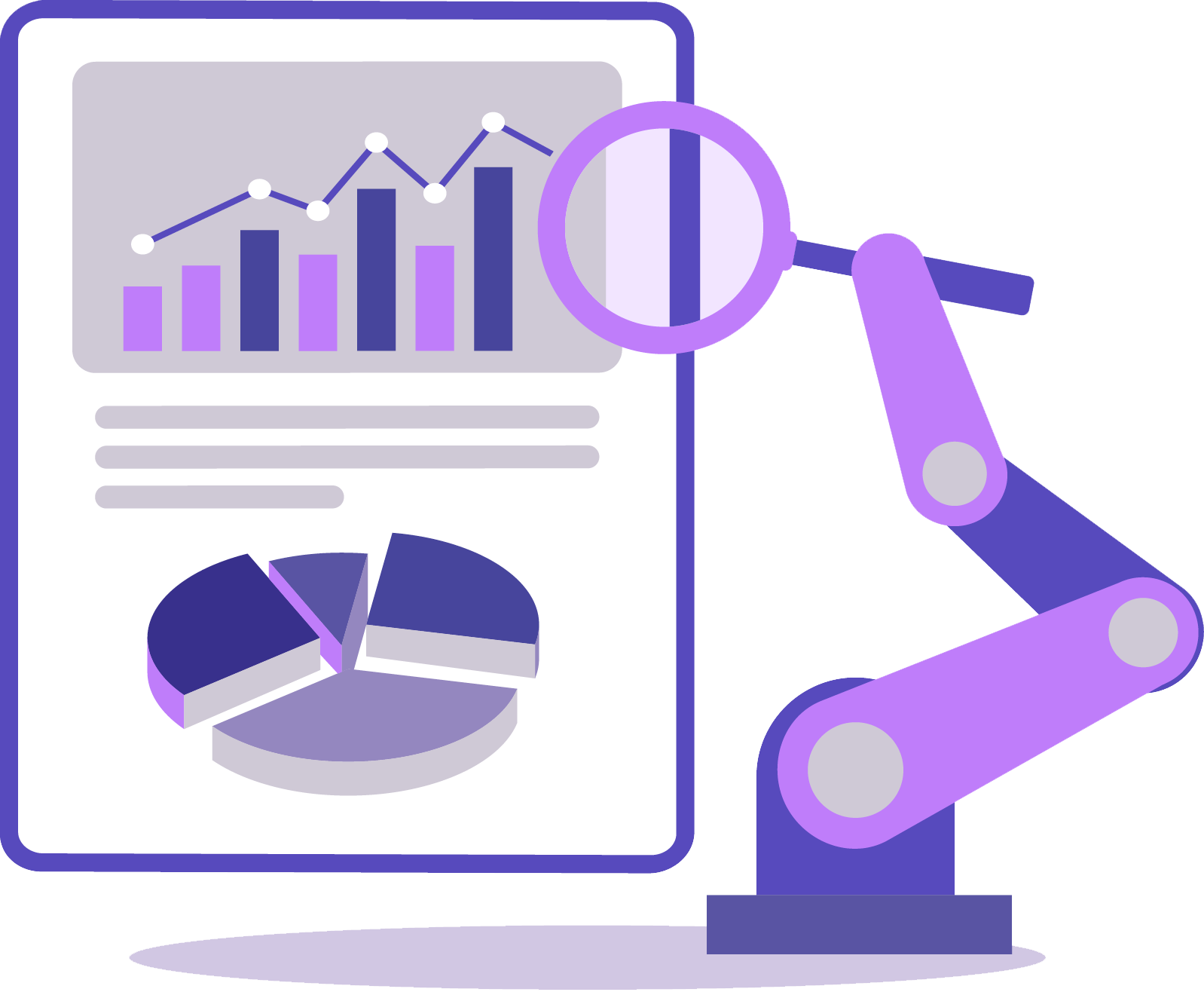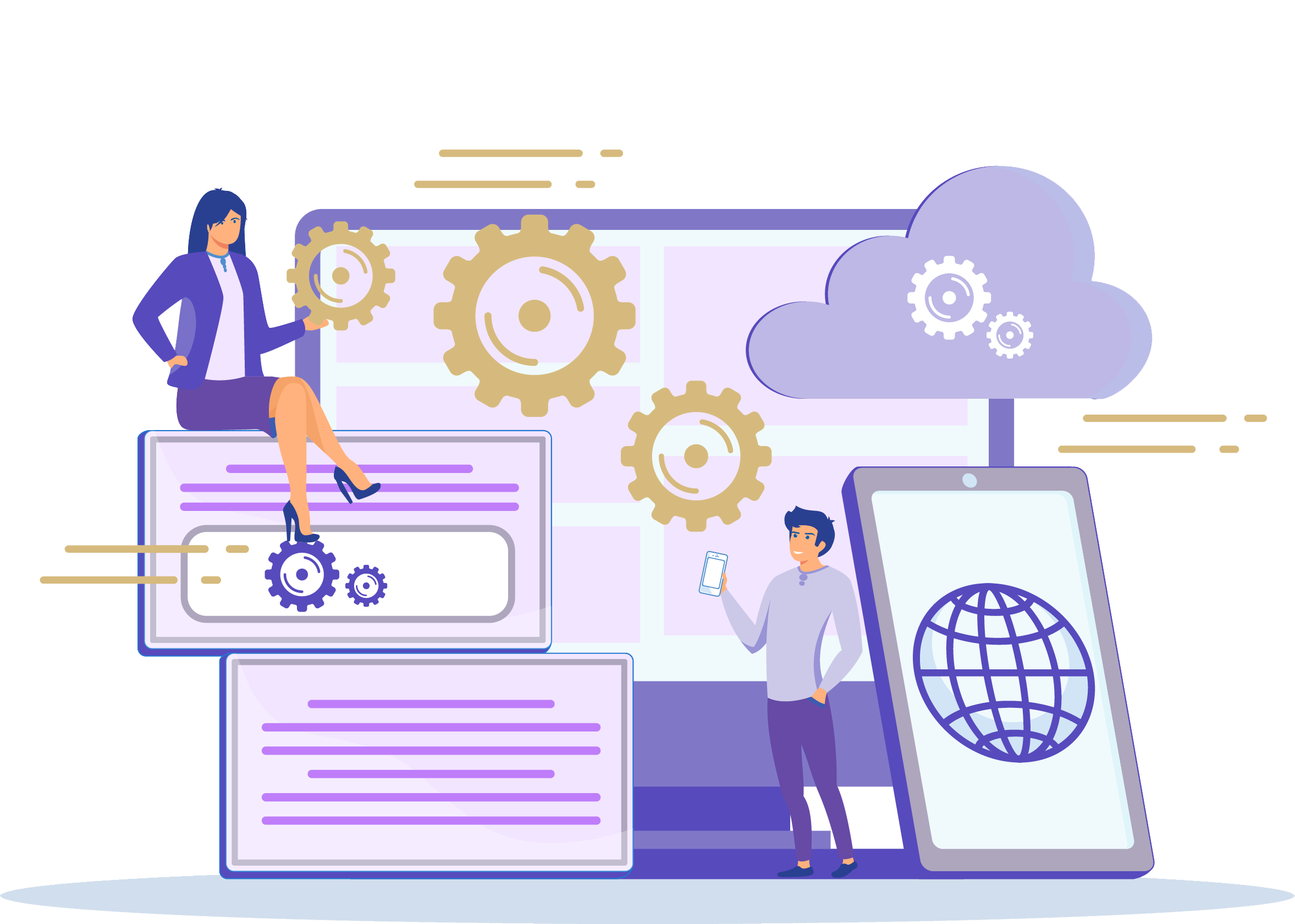A few weeks ago we shared our Final Findings Report outlining 5 core trends impacting the technology landscape in 2023 that we uncovered from our Technology Utilization Survey. It’s a lengthy report that you can dive into here, but below is a quick summary of these 5 trends to highlight our findings for those who are short on time.
TREND 1:
A lack of planning and intentional building
For our respondents, though they have taken significant strides to implement technology and collect data, they shared the struggle of being unsatisfied with their use of both assets.
- Many organizations are implementing technology without proper planning, leading to inefficiencies and missed opportunities
- Executives and non-executives have different views on data utilization and decision-making
- Technology is often selected and implemented without properly identifying who will use it and how
For many companies, this pain is rooted in poor planning and alignment at the onset of their implementation projects. Requirements gathering MUST include ALL stakeholders and users. It cannot end with functional requirement collection — data requirements for operations and BI must also be thought through prior to building to ensure everyone is enabled through the technology investment.




TREND 2:
Technology investment has been shaking things up recently
Businesses are investing in new technologies to improve processes, efficiency, and customer experience. 65% of organizations have implemented at least 3 new technologies in the past 3 years.
- The top reasons for introducing new tech are process improvement (57%), enhancing customer experience (37%), and addressing competitive pressure or risk (30%)
- 53% of businesses attempted to implement new tech themselves, while 47% sought external help
- The effective utilization of current tech investments is the top area organizations aim to improve in the next 2 years
- Many businesses are facing challenges with their current Data Analytics, Marketing Automation, and CRM investments
The cost and pain associated with these technology issues go beyond initial investment and licensing. Attempting to solve these problems by introducing more technological solutions often compounds the issues. It is important to properly identify users, data requirements, and operational intent to ensure successful implementation and adoption of technology.
TREND 3:
Data blind spots are holding you back
Despite having access to vast amounts of data, organizations struggle to leverage it effectively. Though organizations are taking strides to capture data, many are failing to plan out why or how the data can be useful.
- 57% of our respondents did not feel their data was accessible, insightful, or standardized
- Despite data collection efforts, only 53% of respondents have access to the data they need
- Only 39% of respondents feel they have adequate tools to mine data for insights
- Executives and non-executives have different levels of satisfaction and utilization of data
Data blind spots can be removed by considering data inputs, structure, and visibility when planning technology requirements. This requires more than just knowing what to collect and present, but who needs access, when, and through which system. This will inform which systems are required, and who needs to be engaged for requirements gathering, testing, and training.




TREND 4:
A desperate need for strategic upskilling
Businesses recognize the importance of strategic skills in utilizing technology effectively. They aim to align operations and processes with business strategy and foresee and solve challenges to achieve objectives. Upskilling employees and developing a data-led mindset are crucial for success.
- The COVID-19 pandemic has brought about changes in organizational structure and dynamics, necessitating the development of new skill sets to navigate the new business landscape
- 67% of executives understand how their team’s contributions are measured, compared to 45% of non-executives
- People do not have the proper access or training to understand and act on opportunities sitting right in front of them
- In this recessionary time, teams are not just expanding and retracting, but they are looking to upskill and improve
When organizations choose to invest in technology, they are often motivated by the desire to become more efficient and find a competitive edge in a competitive landscape. This often means changing from a “rear-view mirror” perspective to a “catcher’s mitt” approach that allows businesses to proactively identify and respond to opportunities rather than a retrospective analysis. There is a growing desire to enhance internal strategic planning capabilities for data-driven decision-making and action-oriented strategies.
TREND 5:
The continued need to invest, adopt, and evolve
With a changing economic landscape and evolving workplace culture, the pressure on businesses to be better, smarter, and more agile has never been greater. Businesses need to respond to events in a way that can enhance the outcome, not restrict it. Technology innovation has been, and continues to be, the method for growth in this century. But the methods and systems of yesterday will not be what takes us further.
- Technology is evolving rapidly and organizations need to invest in ongoing adoption and evolution to stay competitive
- Companies are focused on improving current technology utilization
- Web Analytics is the most commonly implemented technology, while Artificial Intelligence is an up-and-coming category
- It is important for businesses to adopt strategies that will energize existing employees while attracting new talent
With enhancements in AI, cybersecurity, communications, compliance, and data storage, the technology landscape is changing forever. Now is the time to look at how your business has changed, how far you’ve come, and where you go from here. Retain your talent, leverage your systems, lean on experts, discover your data, and pivot to the next horizon.








